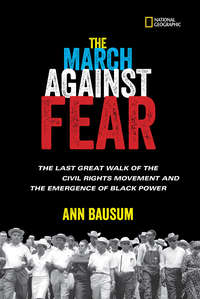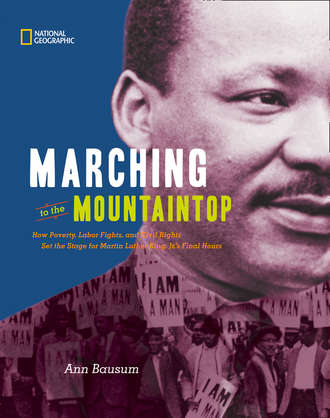
Полная версия
Marching to the Mountaintop: How Poverty, Labor Fights and Civil Rights Set the Stage for Martin Luther King Jr's Final Hours

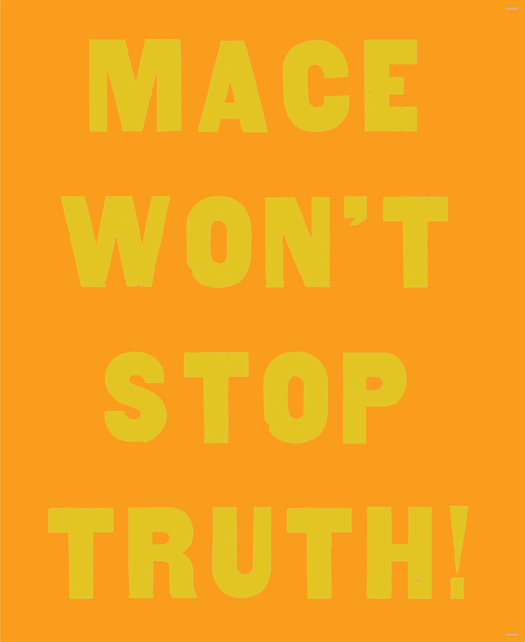

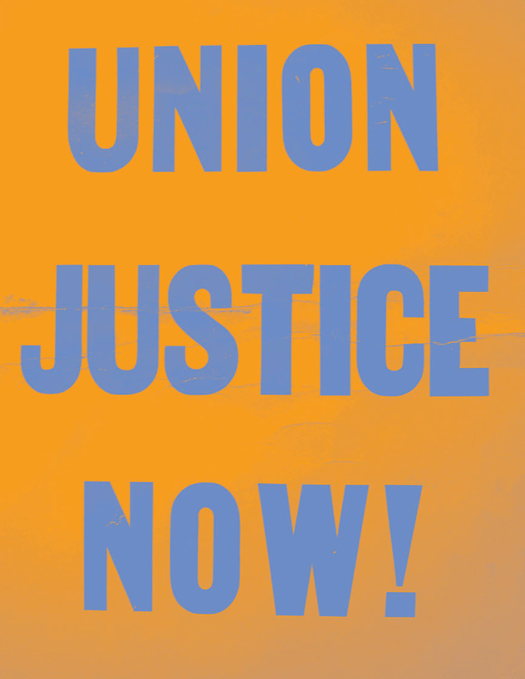

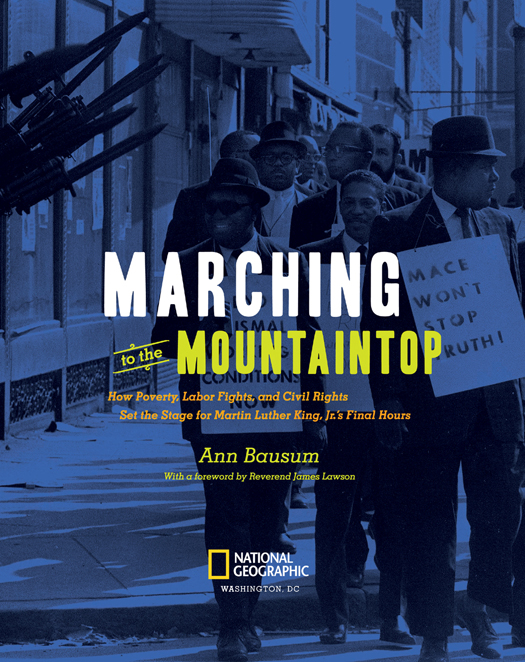
The publisher and author gratefully acknowledge the review of proofs for this book by historian Michael K. Honey. For more information on the topic, consult Professor Honey’s definitive, award-winning account of the history, Going Down Jericho Road: The Memphis Strike, Martin Luther King’s Last Campaign (W. W. Norton & Company, 2007).
Published by the National Geographic Society John M. Fahey, Jr., CHAIRMAN OF THE BOARD AND CHIEF EXECUTIVE OFFICER Timothy T. Kelly, PRESIDENT Declan Moore, EXECUTIVE VICE PRESIDENT; PRESIDENT, PUBLISHING Melina Gerosa Bellows, EXECUTIVE VICE PRESIDENT; CHIEF CREATIVE OFFICER, BOOKS, KIDS, AND FAMILY
Prepared by the Book Division Nancy Laties Feresten, SENIOR VICE PRESIDENT, EDITOR IN CHIEF, CHILDREN’S BOOKS Jonathan Halling, DESIGN DIRECTOR, BOOKS AND CHILDREN’S PUBLISHING Jay Sumner, DIRECTOR OF PHOTOGRAPHY, CHILDREN’S PUBLISHING Jennifer Emmett, EDITORIAL DIRECTOR, CHILDREN’S BOOKS Carl Mehler, DIRECTOR OF MAPS R. Gary Colbert, PRODUCTION DIRECTOR Jennifer A. Thornton, MANAGING EDITOR
Staff for This Book Jennifer Emmett, PROJECT EDITOR Eva Absher, ART DIRECTOR Lori Epstein, SENIOR ILLUSTRATIONS EDITOR Marty Ittner, DESIGNER Grace Hill, ASSOCIATE MANAGING EDITOR Joan Gossett, PRODUCTION EDITOR Lewis R. Bassford, PRODUCTION MANAGER Susan Borke, LEGAL AND BUSINESS AFFAIRS Kate Olesin, EDITORIAL ASSISTANT Kathryn Robbins, DESIGN PRODUCTION ASSISTANT Hillary Moloney, ILLUSTRATIONS ASSISTANT
Manufacturing and Quality Management Christopher A. Liedel, CHIEF FINANCIAL OFFICER Phillip L. Schlosser, SENIOR VICE PRESIDENT Chris Brown, TECHNICAL DIRECTOR Nicole Elliott, MANAGER Rachel Faulise, MANAGER Robert L. Barr, MANAGER
COVER: The cover illustration combines a view taken of Martin Luther King, Jr., on the day before his death with a scene of striking Memphis workers before the attempted protest of March 28, 1968. Endpapers replicate popular protest signs from Memphis civil rights events in 1968. Pickets march past armed troops on March 29, 1968 (title page). Garbage accumulates in the street of an African-American neighborhood in 1968 (table of contents).

For more information, please call 1-800-NGS LINE
(647-5463) or write to the following address:
National Geographic Society
1145 17th Street N.W.
Washington, D.C. 20036-4688 U.S.A.
Visit us online at www.nationalgeographic.com/books
For librarians and teachers: www.ngchildrensbooks.org More for kids from National Geographic: kids.nationalgeographic.com
For rights or permissions inquiries, please contact National Geographic Books Subsidiary Rights: ngbookrights@ngs.org
Library of Congress Cataloging-in-Publication Data Bausum, Ann. Marching to the mountaintop : how poverty, labor fights, and civil rights set the stage for Martin Luther King, Jr.’s final hours / by Ann Bausum. — 1st ed. p. cm. Includes bibliographical references. eISBN: 978-1-4263-0945-8 1. King, Martin Luther, Jr., 1929-1968—Juvenile literature. 2. King, Martin Luther, Jr., 1929-1968—Assassination—Juvenile literature. 3. Sanitation Workers Strike, Memphis, Tenn., 1968—Juvenile literature. 4. Labor movement—Tennessee—Memphis—History—20th century—Juvenile literature. 5. African Americans—Tennessee—Memphis—Social conditions—20th century—Juvenile literature. 6. Memphis (Tenn.)—Race relations—History—20th century—Juvenile literature. I. Title. E185.97.K5B38 2012 323.092–dc23 [B] 2011024661
Text copyright © 2012 Ann Bausum.
Compilation copyright © 2012 National Geographic Society.
All rights reserved. Reproduction of the whole or any part of the contents without written permission from the publisher is prohibited.
v3.1
Version: 2017-07-05
For the people of Memphis, and for blacks and whites everywhere who have fought against racism, including my fourth-grade teacher—Christine Warren—who was on the front lines of school integration in 1966-67. All that, and you helped me love to read, too! Thank you, Mrs. Warren! —AB
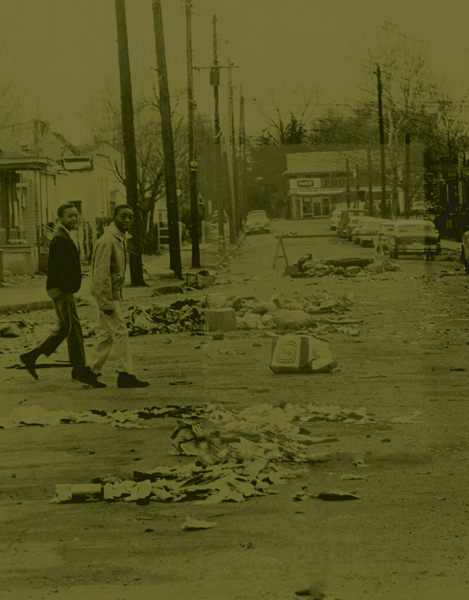
CONTENTS
Cover
Title Page
Copyright
Dedication
Foreword by Reverend James Lawson
Introduction
Cast of Characters
CHAPTER 1 Death in Memphis
CHAPTER 2 Strike!
CHAPTER 3 Impasse
CHAPTER 4 A War on Poverty
CHAPTER 5 Marching in Memphis
CHAPTER 6 Last Days
CHAPTER 7 Death in Memphis, Reprise
CHAPTER 8 Overcome
Afterword
Time Line
King’s Campaigns
Research Notes and Acknowledgments
Resource Guide
Bibliography
Illustrations Credits
Citations
About the Author
FOREWORD
By Reverend James Lawson
There are very rare, peculiar moments in history when we humans are allowed to catch a glimpse at the vision of a fairer world, and when we experience the nobility and joy of being fully alive as children of life. This book, Marching to the Mountaintop, describes such a moment in the emergence of a nonviolent direct action movement (the intensified years in the journey of Martin Luther King, Jr., 1953-1973, and the garbage workers strike of Memphis 1968).
Ann Bausum has given us a beautiful and inspiring account capturing much of the drama of our struggle in a comprehensive fashion and also pointing us towards the larger frame of what is called the civil rights movement. I hope that you will drink deeply from the portrait of Dr. King—my Moses and colleague from 1955 to 1968. I urge you to also hear and feel the character, courage, and compassion of the 1,300 workers who had the temerity to insist “I am a man.”
I like to call the civil rights movement the second American revolution. The first one in 1776 excluded the human rights of women, Native Americans, millions of slaves, black people, Mexican Americans, Chinese Americans, and others. The second one was largely nonviolent (a concept coined by Mohandas K. Gandhi, the father of the science of nonviolent social change) and effectively caused our Constitution to be declared as including all residents of our land.
All through this book, you will see the sheer human dignity of ordinary people, younger and older, provoked by the example of the 1,300 workers and their wives and families. These working families did not allow the nature of their daily hard labor and its ethos of racism to blot out their humanity or their insistence that one day their work would lift them out of abject poverty. This quest for human dignity—equality, liberty, and justice for all—is the soul of the sanitation strike and the civil rights movement. After all, we humans have been birthed to be human—in the likeness of God. Nothing less can even begin to satisfy our lives.
The Memphis strike was not the last mass direct action campaign of that era. It was the last campaign in which Dr. King participated. In 1969 we Memphians were again engaged in a massive direct action effort, which began the restructuring of our public schools. More than 200,000 people, including more than 70,000 students, participated. Because of that campaign, I, and others, spent Christmas 1969 in the county jail.
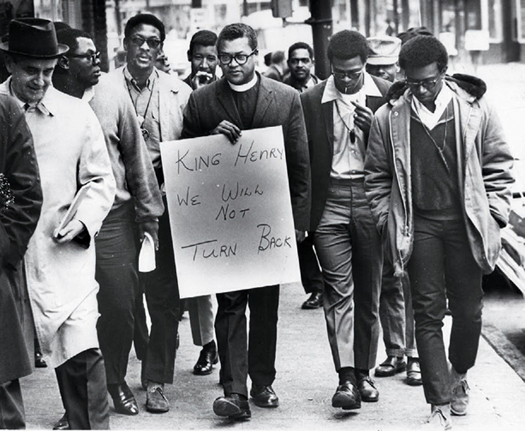
Martin Luther King, Jr., and James Lawson became allies in the fight for African-American rights from their first meeting in 1957. At King’s urging, Lawson used his keen understanding of the power of nonviolence to train many of the young people who went on to play significant roles in the civil rights movement. In 1968, Lawson (above, holding sign) collaborated with King, local youths, labor leaders, and other supporters to champion the need for workers to receive fair treatment from “King Henry,” Memphis mayor Henry Loeb.
I hope that you the readers will see yourselves in these pages. Our work for human dignity and truth is not over. Each generation must do its share. Racism, sexism, violence, greed, and materialism are still with us. You must continue the personal and community nonviolent march toward the promised land.
A Note From the Publisher: Reverend Lawson’s views on the assassination of Martin Luther King, Jr., differ from the account offered in this book, which is based on the official record of the investigation. Drawing on other information, some historians, including Reverend Lawson, believe there are errors in this record. History is not fixed, and controversy is useful. We challenge all budding historians to seek to uncover the truth of this investigation and other historical episodes that further our understanding of ourselves. To read the trial records and draw your own conclusions, please consult The 13th Juror (CreateSpace, 2009).
INTRODUCTION
“Nobody knows the trouble I’ve seen, Nobody knows my sorrow. Nobody knows the trouble I’ve seen. Glory, hallelujah!”
Chorus from a freedom song based on an African-American spiritual
As I remember it, the chore of taking out the trash fell to me every week of my childhood. My family might disagree, but if anything could trick my memory into believing this statistic it is my recollection of the garbage itself. Pungent. Disgusting. Foul. Unforgettable.
Back then, garbage was truly garbage. To take out the trash during the 1960s meant to get up close and personal with a week’s worth of refuse in the most intimate and repulsive of ways. No one had yet invented plastic garbage-can liners or the wheeled trash cans we have today. At that time our family’s garbage went into aluminum cans with clanging metal lids. And the garbage went in naked.
In 1968, when I was ten years old, people really cooked. Recipes started with raw ingredients, and the garbage can told the tales of the week’s menu. Onion skins, carrot peelings, and apple cores. The grease from the morning’s bacon. Half-eaten food scraped from plates in the evening. The wet, smelly, slippery bones of the chicken carcass that had been boiled for soup stock. Mold-fuzzy bread. Spoiled fruit. Slimy potato peels. Scum-coated eggshells. Then add yesterday’s newspapers. Used Kleenex. Cat-food cans lined with sticky juices. Everything went into the same metal can out the back door of our home in Virginia.
The story of our garbage multiplied itself to infinity at homes throughout the nation. In communities where temperatures soared, garbage baked in the summer heat like some witch’s stew until foul odors broadcast its location, flies bred on the vapors, and maggots hatched in the waste. Wet, raw, saturated with rancid smells that lingered long after the diesel-powered truck had lumbered away: That was the garbage of the 1960s. The people who collected the trash were always male, and we called them, simply, garbagemen.
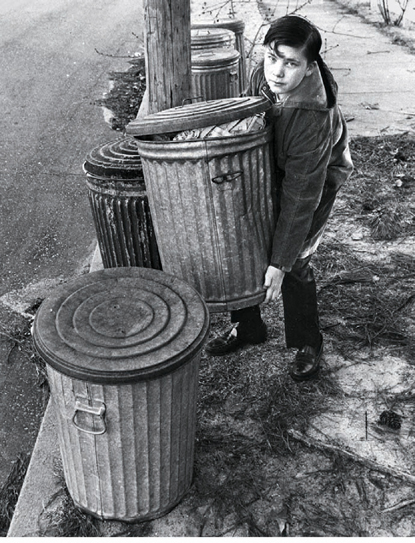
It’s universal: Young people take out the trash everywhere, including in Memphis during the 1968 strike.
This book is about the story of garbage in one city—Memphis, Tennessee—and the lives of the men tasked with collecting it during 1968. These men, all of whom were African American, labored brutally hard for such meager wages that many of them qualified for welfare. Six days a week they followed their noses to garbage cans (curbside trash collection had yet to become the norm); then they manhandled the waste to the street using giant washtubs. The city-supplied tubs corroded with time, leaving their bottoms so peppered with holes that garbage slop dripped onto the bodies and clothes of the city’s garbagemen as they labored.
During the 1960s the sanitation workers of Memphis showed up for work every day knowing they would be treated like garbage. By the end of the day they smelled and felt like garbage, too. Unfairness guided their employment, and racism ruled their workdays. So passed the lives of the garbagemen of Memphis until something snapped, one day in February 1968, and the men collectively declared, “Enough is enough.” Accumulated injustices, compounded by an unexpected tragedy, fueled their determination. Just like that they went out on strike, setting in motion a series of events that would transform their lives, upend the city of Memphis, and lead to the death of the nation’s most notable — and perhaps most hated — advocate for civil rights.
Labor relations, human dignity, and a test of stubborn wills drove developments that spring in Memphis, Tennessee. Behind this union of worker rights and civil rights stood the men expected to handle one ever present substance: garbage.
CAST OF CHARACTERS
Southern Christian Leadership Conference
In 1957, heartened by the successful outcome of the Montgomery bus boycott, key organizers team up with colleagues from other communities to form the Southern Christian Leadership Conference, or SCLC, and advocate for social change through the use of nonviolence. Key participants:

Martin Luther King, Jr., president from 1957 until his death in 1968.

Ralph D. Abernathy, treasurer, King’s closest colleague, and the man who succeeds him as organization president.
Lieutenants, such as Hosea Williams and Jesse Jackson (standing left and center with King and Abernathy at the Lorraine Motel in Memphis, April 3, 1968), as well as Bernard Lee, James Orange, and Andrew Young.
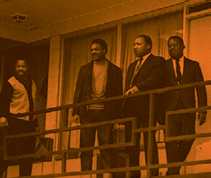
Authorities
Lyndon B. Johnson, President of the United States (1963-1969).

J. Edgar Hoover, director of the Federal Bureau of Investigation (FBI) and the chief force behind FBI campaigns to spy on and discredit Martin Luther King, Jr.
Former FBI agent Frank Holloman, director of the Memphis fire and police departments, and the department’s 800 officers, including undercover staffers Marrell “Max” McCullough, Ed Redditt, and Willie Richmond.
The Memphis Movement
On February 24, 1968, local clergy establish a strike-support organization called Community on the Move for Equality, or COME.

James Lawson, an associate of King’s with deep experience in the use of nonviolence and a local Methodist minister, becomes the group’s leader.
Other key organizing ministers include Presbyterian Ezekiel Bell, Clayborn Temple’s white leader Malcom Blackburn, Baptist minister and local judge Benjamin Hooks, AME leader H. Ralph Jackson, Baptist minister James Jordan, Baptist minister Samuel “Billy” Kyles, Baptist minister and youth organizer Harold Middlebrook, and AME minister Henry Starks (president of the association of local African-American ministers).
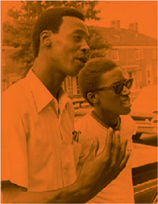
Charles Cabbage (left) and Coby Smith (right), who had founded the Black Organizing Project (BOP) in 1967, question the exclusive use of nonviolence as a force for change; they maintain an uneasy alliance with COME, especially after setting up a militant offshoot to BOP known as the Invaders with associates such as Calvin Taylor.
Other notable strike supporters include local activist Cornelia Crenshaw, Dick Moon (the university chaplain who mounts a hunger strike in April 1968), Maxine Smith (executive director of the local chapter of the NAACP), NAACP president Jesse Turner, and white Methodist minister Frank McRae (who tries to persuade the Memphis mayor to settle the strike).
Labor
Public workers organize the American Federation of State, County and Municipal Employees, or AFSCME, during the 1930s. By 1968 the organization represents almost 400,000 members in nearly 2,000 local chapters, including Memphis Local 1733.

T. O. Jones, president of AFSCME Local 1733, who helped found the fledgling union in 1963, stands in the front lines throughout the 1968 strike.

Jerry Wurf, international president of the union since 1964, assumes personal responsibility as the advocate for members of Local 1733.

AFSCME field services director P. J. Ciampa serves as the union’s chief liaison with the striking workers.
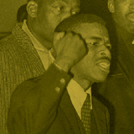
Other key national players from AFSCME include union organizer Jesse Epps (above), Bill Lucy (the highest ranking African American at AFSCME in 1968), and Joe Paisley (the Tennessee representative for AFSCME).
Workers such as Robert Beasley, Clinton Burrows, Ed Gillis, J. L. McClain, James Robinson, Taylor Rogers, Joe Warren, and Haley Williams are among the 1,300 men who fight for recognition as human beings and as members of a union; the vast majority are sanitation workers (1,100), but another 230 hold jobs in the sewer and drainage division of the department of public works.
Other local labor supporters include members of the United Rubber Workers Union (Local 186), Taylor Blair (a white union agent who advocates settlement), Tommy Powell (president of the Memphis Labor Council and a local white), and Bill Ross (a white who leads the local council of AFL-CIO affiliates).
Management

Henry Loeb, mayor of Memphis, 1968-1972, former local business owner, former public works commissioner (1956-1960), and former mayor (1960-1963).
Memphis City Council, thirteen members elected for service beginning January 1968 to fill seven district seats and six at-large seats, including twelve men (three of whom are African American) and one woman.
Charles Blackburn, director of the Memphis department of public works, which employs sanitation and street workers.
Mediators
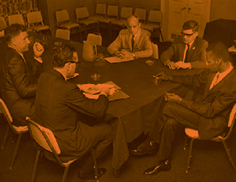
James Reynolds, U.S. Department of Labor undersecretary (wearing glasses, back to camera, seated with, counterclockwise, AFSCME representatives Bill Lucy, Jerry Wurf, and P. J. Ciampa).
Frank Miles (far left), Memphis labor advocate and local businessperson.

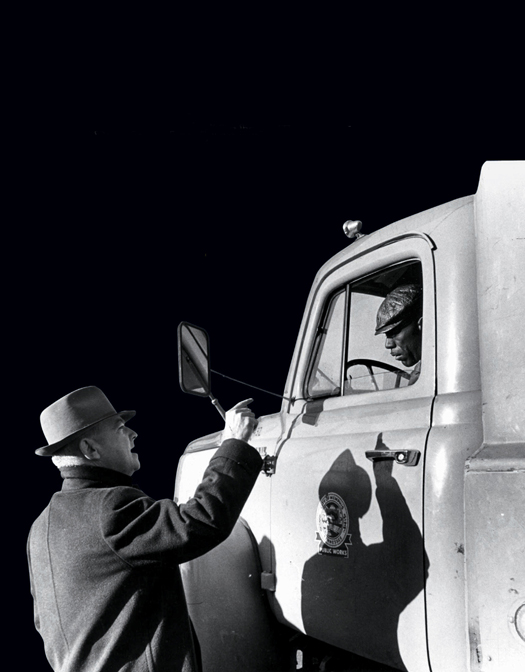
Chapter 1
DEATH
IN MEMPHIS
“It was horrible,” said the woman.
One minute she could see a sanitation worker struggling to climb out of the refuse barrel of a city garbage truck. The next minute mechanical forces pulled him back into the cavernous opening. It looked to her as though the man’s raincoat had snagged on the vehicle, foiling his escape attempt. “His body went in first and his legs were hanging out,” said the eyewitness, who had been sitting at her kitchen table in Memphis, Tennessee, when the truck paused in front of her home. Next, she watched the man’s legs vanish as the motion of the truck’s compacting unit swept the worker toward his death. “The big thing just swallowed him,” she reported.


